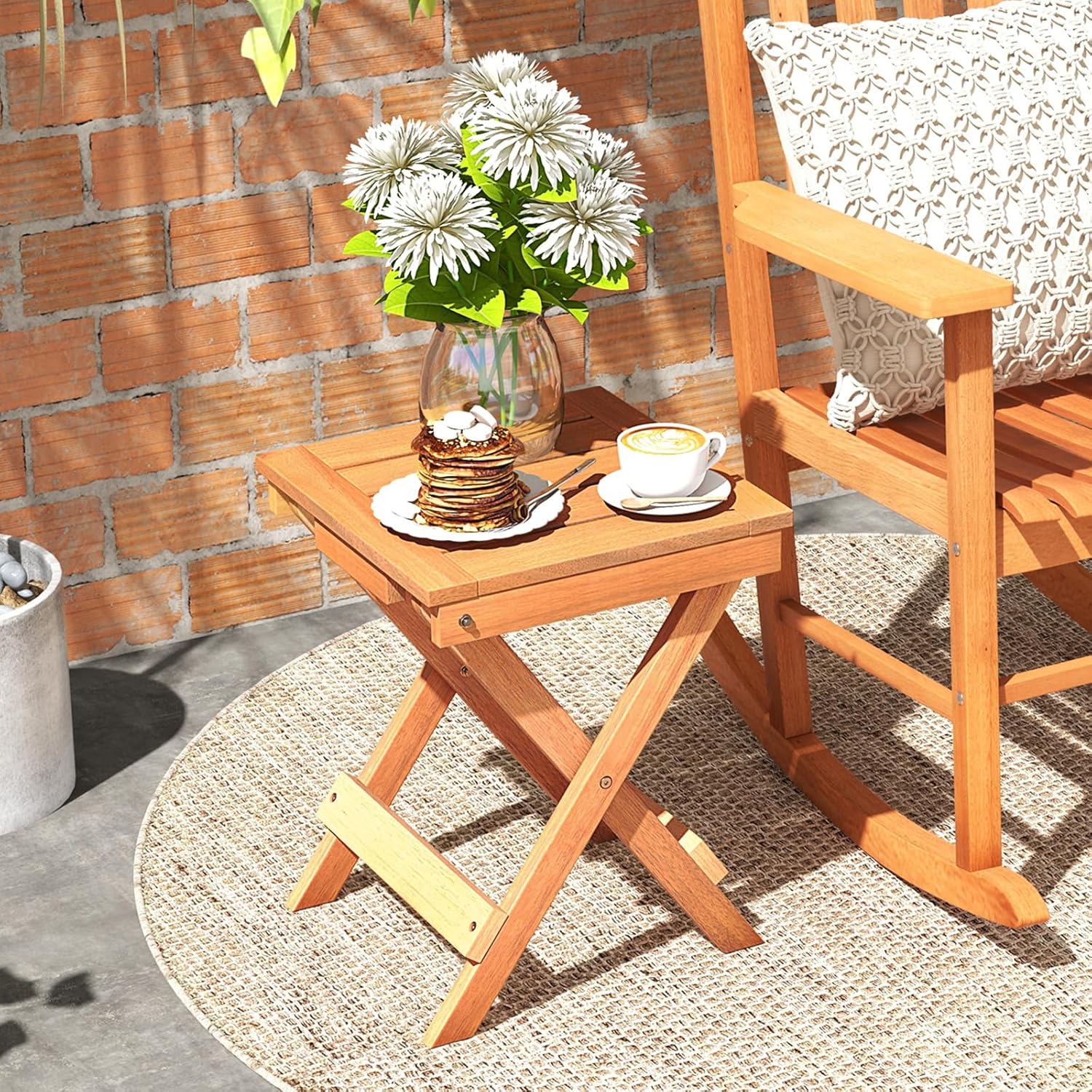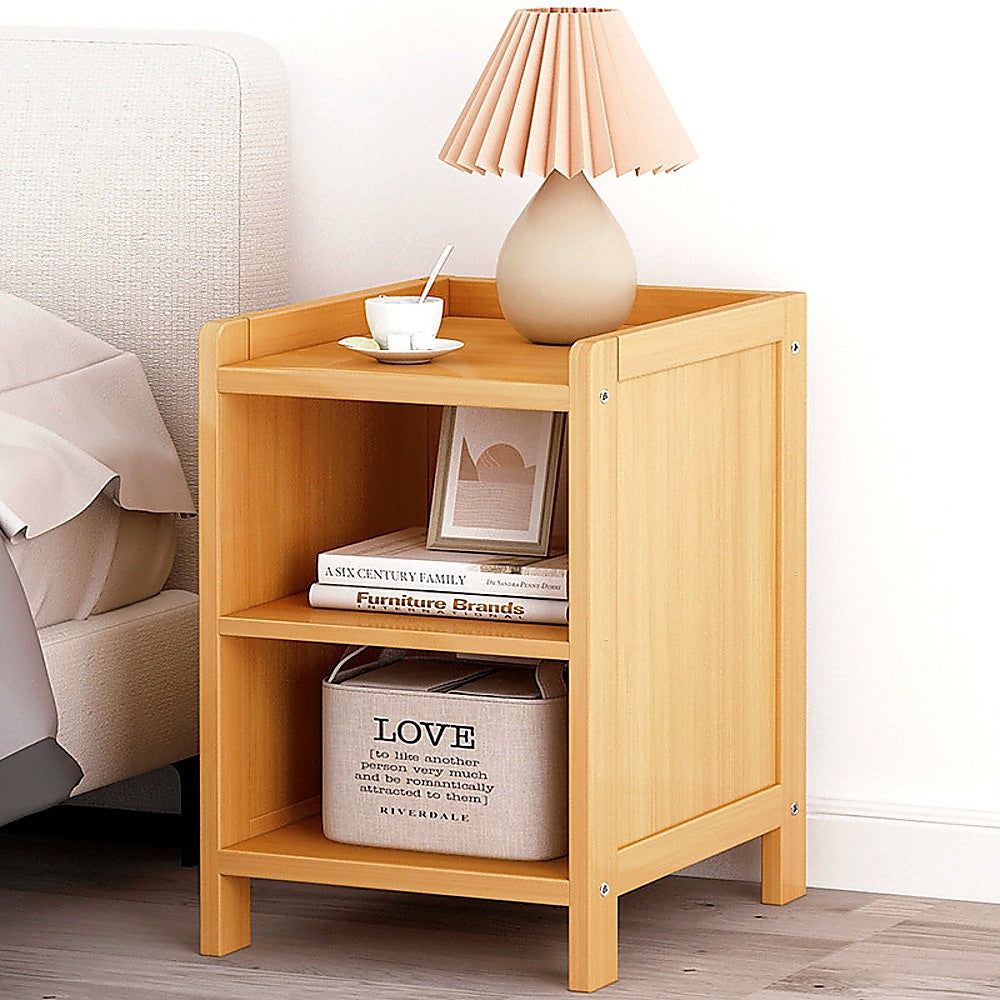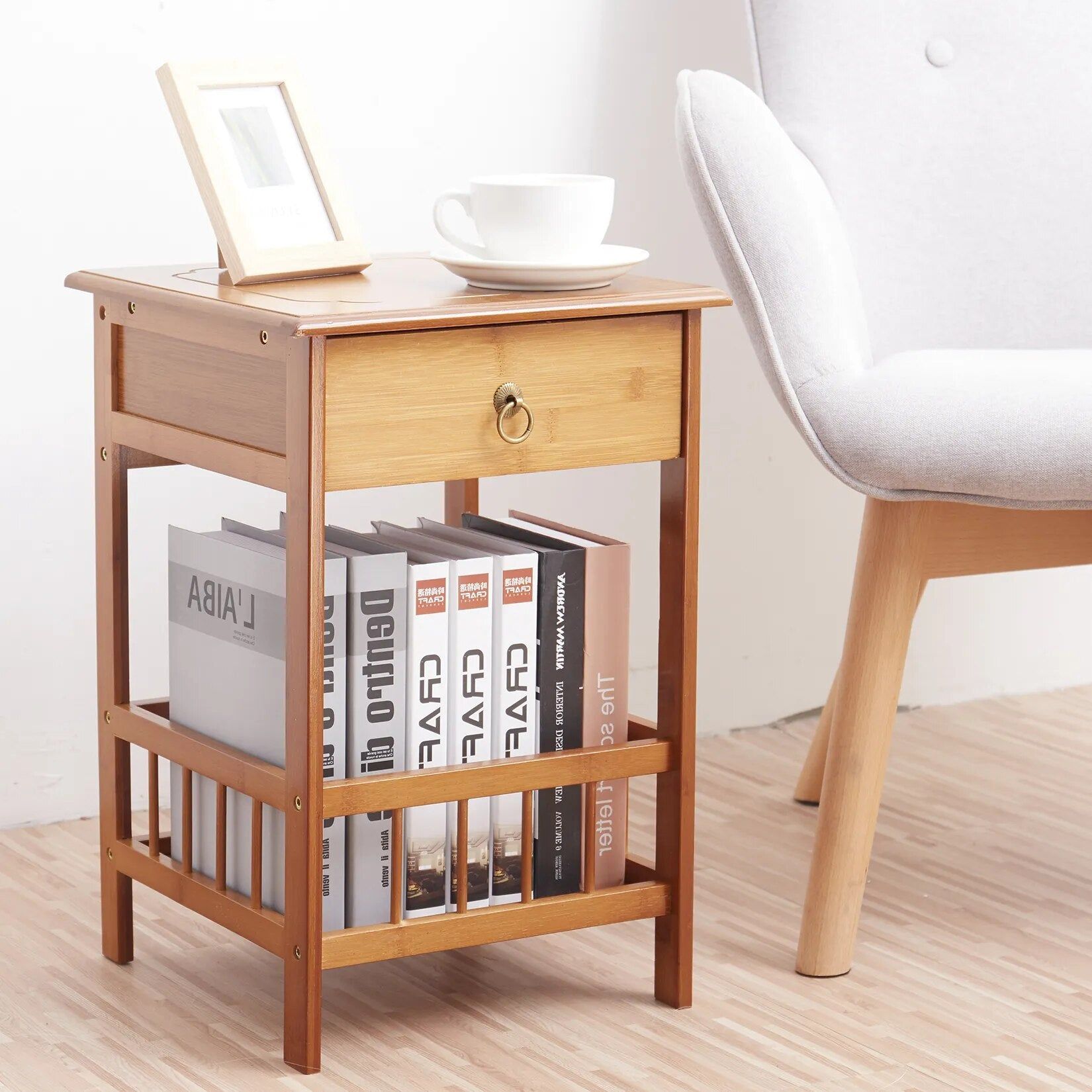In recent years, bamboo has gained significant popularity in interior design, celebrated not only for its sustainability but also for its unique aesthetic appeal. As a material, bamboo combines elegance with environmental consciousness, making it a versatile choice for modern interiors. This article explores how bamboo is reshaping contemporary living spaces, offering a natural touch to urban environments.
1. Bamboo: A Sustainable Design Choice
One of the most compelling reasons for the rise of bamboo in interior design is its sustainability. Bamboo is a rapidly renewable resource that grows much faster than traditional hardwoods. This eco-friendly quality resonates with the growing number of consumers and designers who prioritize green living and sustainable practices in their design choices.
Moreover, bamboo’s environmental benefits extend beyond its growth rate. It absorbs carbon dioxide and releases 35% more oxygen than equivalent trees, contributing to a healthier ecosystem. These factors make bamboo a responsible material choice for those seeking to minimize their environmental footprint while maintaining a stylish interior.
2. Aesthetic Versatility
Bamboo’s aesthetic versatility is another reason for its increasing use in modern interiors. Its natural color variations, from light golden hues to deeper browns, provide a warm and earthy look that complements a variety of design styles. Whether used in flooring, wall paneling, furniture, or decorative accents, bamboo introduces a sense of tranquility and nature into living spaces.
For minimalistic and Scandinavian-inspired interiors, bamboo offers a perfect balance of simplicity and texture. Its clean lines and smooth finishes add elegance without overwhelming the space. Meanwhile, in more eclectic or bohemian designs, bamboo’s organic look pairs seamlessly with other natural materials like rattan, jute, and linen, enhancing the overall theme.
3. Bamboo in Different Interior Elements
Bamboo’s flexibility as a material allows it to be incorporated into various elements of interior design. Bamboo flooring, for example, is not only durable but also aesthetically pleasing, with its natural grain patterns adding character to any room. Bamboo furniture, including chairs, tables, and shelving units, is lightweight yet strong, offering both functionality and style.
Additionally, bamboo can be used for decorative accents, such as lamps, picture frames, and room dividers, bringing subtle touches of nature indoors. The use of bamboo blinds and window coverings also adds a layer of organic warmth to a room, enhancing both the visual and tactile experience.
4. Creating a Serene and Natural Atmosphere
One of the most significant benefits of incorporating bamboo into modern interiors is the sense of serenity it brings. Bamboo’s natural properties evoke a connection to the outdoors, promoting relaxation and mindfulness. In a world where urban living often feels disconnected from nature, bamboo interiors offer a refuge, creating calming environments that encourage well-being.
Whether used as a focal point or as a complementary material, bamboo contributes to a balanced and harmonious space. Its natural aesthetic and sustainability make it a valuable addition to any modern interior design, appealing to those who seek both beauty and eco-consciousness in their homes.
The aesthetic appeal of bamboo in modern interiors goes beyond its visual charm. It embodies a movement towards sustainable living while offering a versatile and natural design element. As more homeowners and designers embrace eco-friendly materials, bamboo continues to grow in popularity, shaping the future of interior design with its timeless elegance and environmental benefits.
Post time: Aug-21-2024








